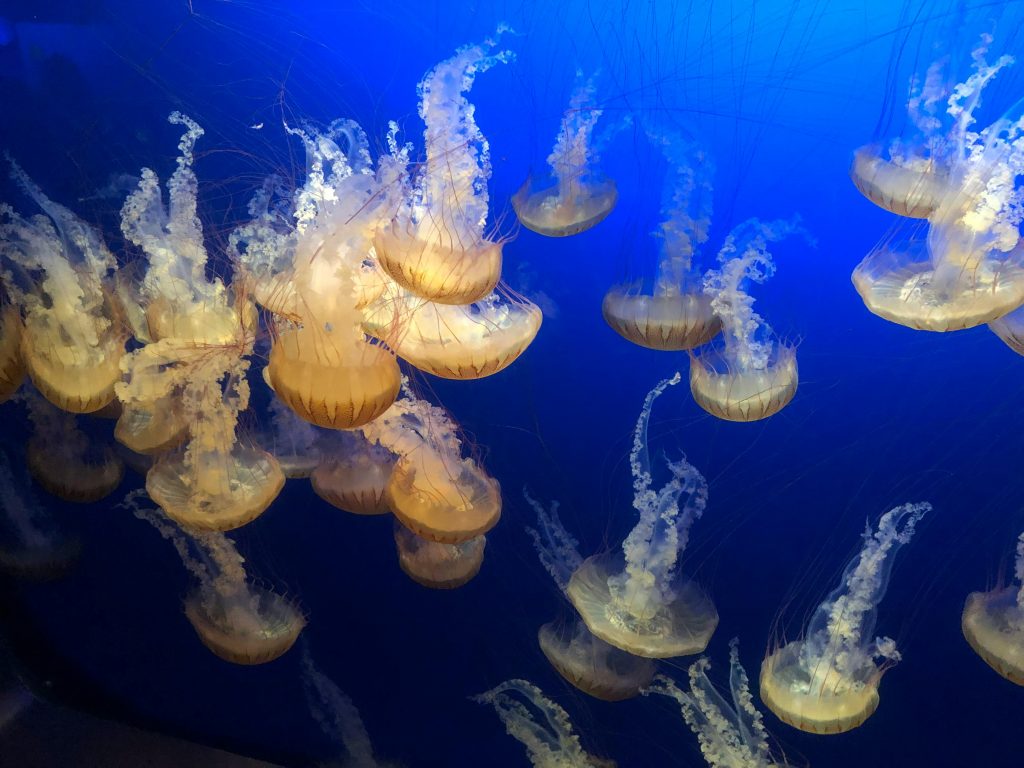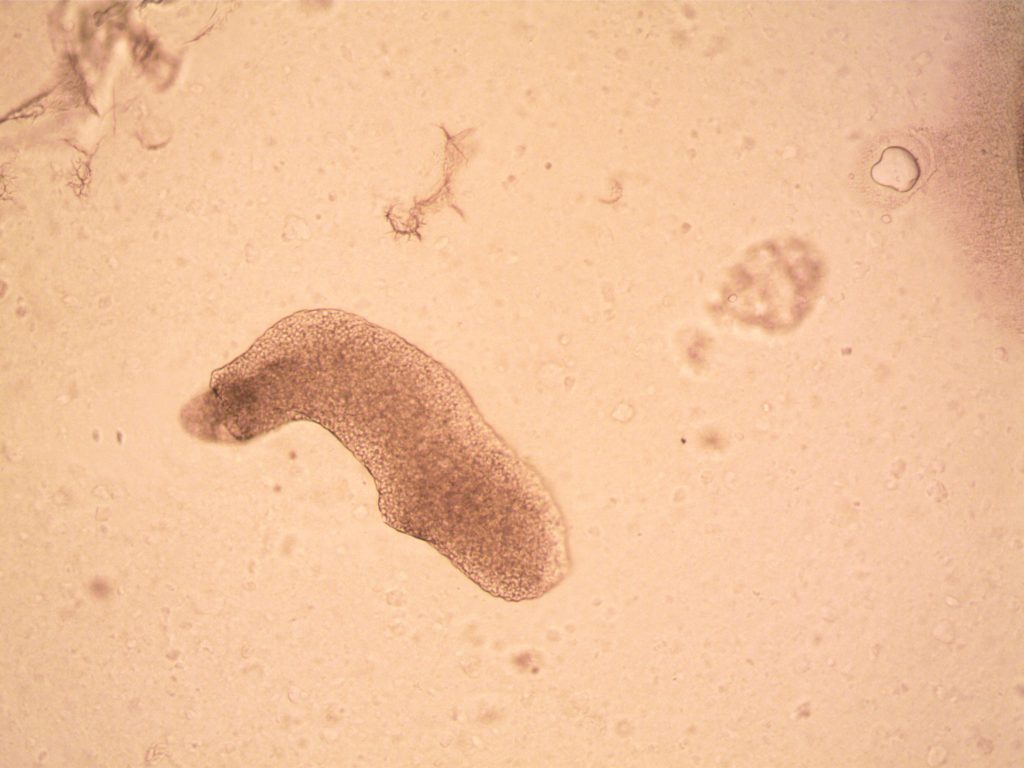Bioluminescence—the ability of living organisms to produce light—is one of the most magical and scientifically fascinating phenomena in nature. From fireflies in forests to glowing plankton in the ocean, this natural light show is more than just beautiful—it serves a purpose.
Bioluminescence occurs when a chemical reaction involving luciferin (a light-producing molecule) and luciferase (an enzyme) happens in an organism’s cells. This process creates visible light without generating heat, making it highly energy-efficient.
But why do organisms glow? For some, it’s a defense mechanism. Deep-sea fish use flashes of light to confuse predators or lure prey. Others, like fireflies, glow to attract mates. In marine ecosystems, glowing plankton may signal movement and help group organisms together or repel threats.
Bioluminescence is not just a curiosity—it’s inspiring innovations in medical imaging, biotechnology, and even environmental monitoring. Scientists are studying how to replicate this cold light for sustainable lighting or biological sensors.
Bioluminescence reminds us that even in the darkest environments, life finds a way to shine—literally.



